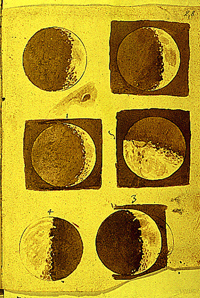Galileo's "The Phases of the Moon". You can see some of the Moon's craters drawn in the pictures.
Click on image for full size
Image courtesy of Biblioteca Nazionale - Florence, Italy
Astronomy throughout History
The study of planets, stars, galaxies, and intergalactic and interstellar space falls under the field of astronomy. Thousands of years ago, the earliest civilizations observed the heavens.
Because astronomers of the past set the foundation for today's astronomy, it is an interesting journey to take a look through the history of astronomy. How did they figure out how big around the Earth is? Who was the first astronomer to recognize galaxies outside our own? What must've it been like to look through Galileo's first telescope to see the craters on the Moon? Were people stunned when Halley correctly predicted the return of a comet?
Archeoastronomy is different than looking at the history of astronomy. It sets to find out just how astronomy fit into a certain culture's life.
Were women ever allowed or encouraged to be astronomers in ancient times? Did the builders of Stonehenge incorporate into its structure an eclipse prediction system? How did the Mayan calculate the length of a year with such accuracy without a computer?
This section will take you on a journey through time, across the continents and into the lives of people from all times and places. It will touch on the history of astronomy, archeoastronomy and more. Please choose which way you would like to begin your journey:
 Journey through Time
Journey through Time
 Journey by Region
Journey by Region
 Meet the People Involved
Meet the People Involved
You might also be interested in:
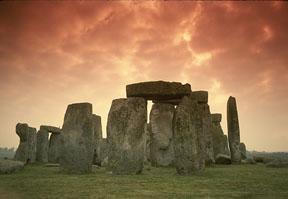
"The movements of the heavenly bodies are an admirable thing, well known and manifest to all peoples. There are no people, no matter how barbaric and primitive, that do not raise up their eyes, take note,
...more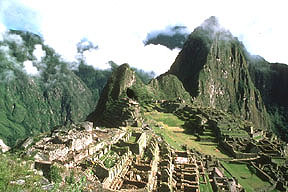
Peru's new president, Alejandro Toledo, was sworn in on July 28, 2001. The next day he visited Machu Picchu and Cuzco. There were ceremonies at both locations where Toledo asked for the blessing of the
...more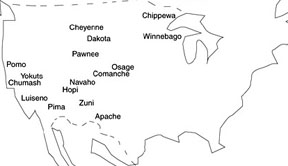
People from Asia crossed the Bering Strait into North America. These people were first in this new land and so they are known as Native Americans. Over time, these people broke into tribes (as seen on
...more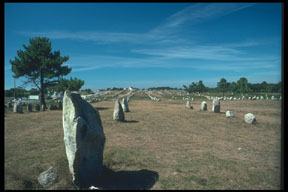
The stones of Carnac, France, are probably the most famous stones markings outside of those found at Stonehenge in England. There are many, many stones at Carnac. And these stones are very old too, the
...more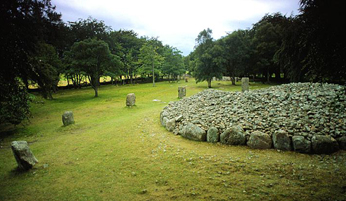
Not too far from Loch Ness, there lies three giant tombs made of stones. They are called the Balnuaran of Clava. The Balnuaran of Clava, giant tombs encased in stone, can be found close to Inverness in
...more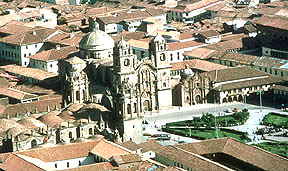
Cuzco is located in Southern Peru. It is the ancient capital of the Inca Empire. It is the oldest, continuously occupied city in the Americas. In ancient times, Cuzco was the ceremonial capital and hub
...more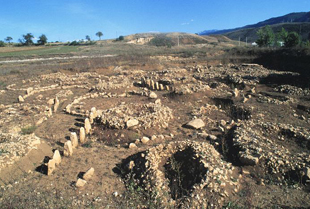
The stone structures of England and France are very famous. In Italy, you'll also find standing stones, stone rings, and stone tombs. An example of these stone structures is in Fossa, Abruzzo, in Italy.
...more
![]() Journey through Time
Journey through Time
![]() Journey by Region
Journey by Region
![]() Meet the People Involved
Meet the People Involved


